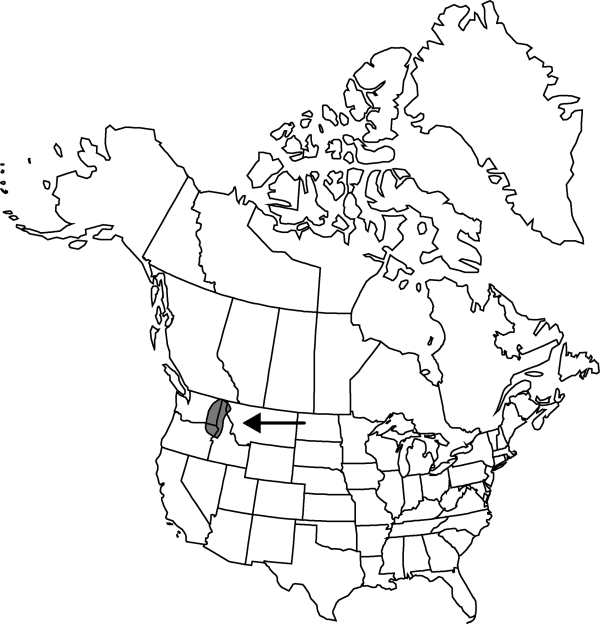Difference between revisions of "Claytonia arenicola"
Bull. Torrey Bot. Club 22: 49. 1895.
Common names: Henderson’s claytonia
Endemic
Synonyms: Montia arenicola (L. F. Henderson) Howell
FNA>Volume Importer |
imported>Volume Importer |
||
| (5 intermediate revisions by 2 users not shown) | |||
| Line 8: | Line 8: | ||
}} | }} | ||
|common_names=Henderson’s claytonia | |common_names=Henderson’s claytonia | ||
| + | |special_status={{Treatment/ID/Special_status | ||
| + | |code=E | ||
| + | |label=Endemic | ||
| + | }} | ||
|basionyms= | |basionyms= | ||
|synonyms={{Treatment/ID/Synonym | |synonyms={{Treatment/ID/Synonym | ||
|name=Montia arenicola | |name=Montia arenicola | ||
|authority=(L. F. Henderson) Howell | |authority=(L. F. Henderson) Howell | ||
| + | |rank=species | ||
}} | }} | ||
|hierarchy=Portulacaceae;Claytonia;Claytonia arenicola | |hierarchy=Portulacaceae;Claytonia;Claytonia arenicola | ||
| Line 35: | Line 40: | ||
-->{{#Taxon: | -->{{#Taxon: | ||
name=Claytonia arenicola | name=Claytonia arenicola | ||
| − | |||
|authority=L. F. Henderson | |authority=L. F. Henderson | ||
|rank=species | |rank=species | ||
| Line 49: | Line 53: | ||
|publication title=Bull. Torrey Bot. Club | |publication title=Bull. Torrey Bot. Club | ||
|publication year=1895 | |publication year=1895 | ||
| − | |special status= | + | |special status=Endemic |
| − | |source xml=https:// | + | |source xml=https://bitbucket.org/aafc-mbb/fna-data-curation/src/2e0870ddd59836b60bcf96646a41e87ea5a5943a/coarse_grained_fna_xml/V4/V4_925.xml |
|genus=Claytonia | |genus=Claytonia | ||
|species=Claytonia arenicola | |species=Claytonia arenicola | ||
Latest revision as of 22:01, 5 November 2020
Plants annual, with minute, tuberous body; periderm absent. Stems 2–10 cm. Leaves: basal leaf blades linear to narrowly lanceolate, 1–5 × 0.05–0.2 cm; cauline leaves sessile, blade linear, 1–3 cm. Inflorescences multi-bracteate; proximalmost bract 5–10 mm, leaflike, distal bracts 1 mm or less, reduced to membranous scales. Flowers 10–12 mm diam.; sepals 1.5–2.5 mm; petals white, pink, or candy-striped, 6–10 mm; ovules 6. Seeds (1–)6, 1–2 mm, shiny and smooth; elaiosome 1 mm or less. 2n = 12.
Phenology: Flowering early Mar.
Habitat: Selaginella mats and crevices of cliffs and rock faces in Great Basin sagebrush and ponderosa pine belt
Elevation: 200-1200 m
Distribution

Idaho, Mont., Oreg., Wash.
Discussion
Selected References
None.
Lower Taxa
None.